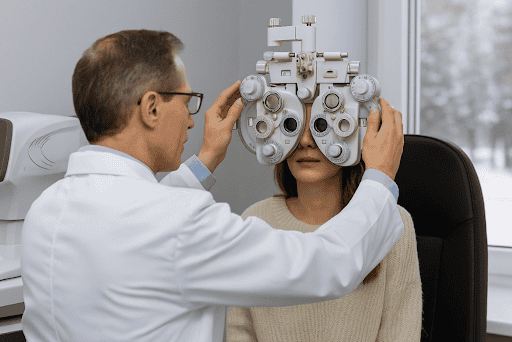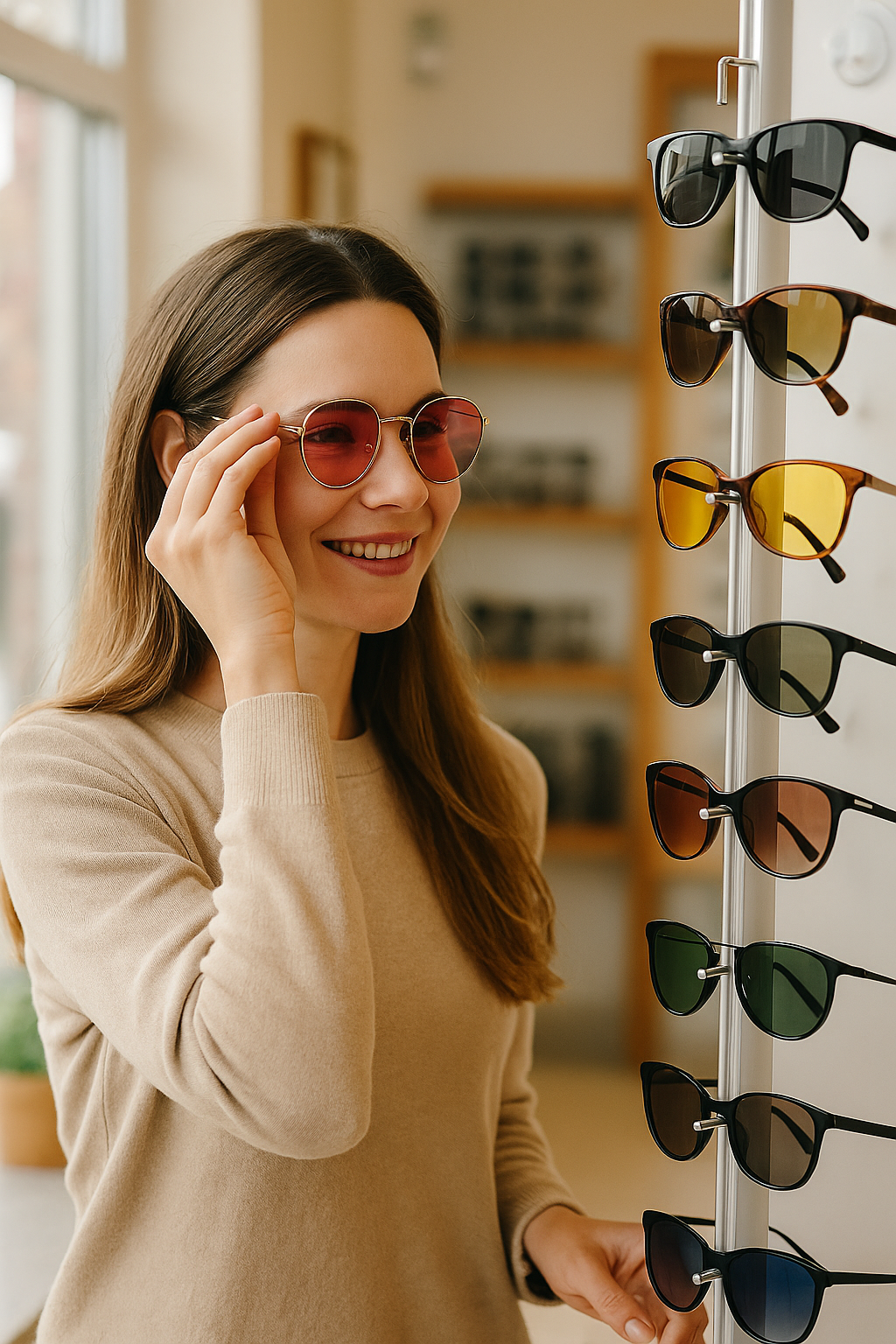Choosing the right optical lens is much like picking out the perfect pair of shoes. It’s not just about what looks good; it’s about what fits your lifestyle, comfort, and needs. When selecting lenses for your eyeglasses, remember to consider several important factors to ensure they’re perfectly suited to your vision needs. Let’s walk through this process together.
Understanding Prescription
Your eye doctor will give you a prescription after an eye exam, which is your starting point. This paper is more than just numbers and terms; it’s a tailored guide for your eyes. The prescription will determine the strength of your lenses and can include corrections for nearsightedness, farsightedness, astigmatism, and presbyopia.
Lens Material
Lenses come in different materials, and each has its pros and cons. The most common materials are plastic, polycarbonate, and high-index plastic.
- Plastic lenses are cost-effective and work for basic prescriptions, but can be thick and bulky.
- Polycarbonate lenses are more impact-resistant and lighter, making them an excellent choice for kids, athletes, or anyone with an active lifestyle.
- High-index plastic lenses are the thinnest and lightest, ideal for solid prescriptions so that you can avoid the ‘bottle-cap’ look.
Lens Types
Depending on your vision needs, you might opt for single-vision lenses, which correct one field of vision (near or far), or multifocal lenses, which have two or more prescriptions in one lens. These include:
- Bifocals have a clear line dividing the near and distance vision zones.
- Trifocals add a middle zone for intermediate vision.
- Progressive lenses provide a smooth transition between multiple prescriptions for a line-free look.
Understanding Your Lifestyle
Your daily activities should play a significant role in your lens choice. If you’re outdoors often, consider photochromic lenses that darken in response to sunlight. For those glued to screens, blue light blocking might provide relief from digital eye strain.
Fitting Your Frame
Not all lenses fit all frames. The size and shape of your chosen frame will influence the type of lens you can use. Larger frames may not be suitable for certain high-index lenses, and rimless frames require more durable lens materials.
Professional Guidance
Choosing a lens is a decision best made with professional advice. Your optician can help you understand your prescription and recommend the best lens options based on your vision needs and lifestyle.
The Cost Factor
Price is always a consideration. While it might be tempting to choose the cheapest option, remember that your lenses are an investment in your vision. Cheaper materials may need to provide more clarity, comfort, or durability. It’s about finding the right balance between quality and affordability.
Insurance and Warranties
Check if your insurance covers any specific types of lenses or if warranties are available. This can influence your choice by making higher-quality lenses more affordable.
Final Thoughts
In the end, choosing the right optical lens is about understanding your needs and knowing your options. Take your time, ask questions, and make sure you’re comfortable with your choice. By considering your prescription, lifestyle, and the various lens options available and by consulting with your eye care professional, you’ll be well on your way to finding the perfect pair of lenses.
At Lens & Frames Optical, we offer a personalized selection experience to ensure you find the perfect match for your eyes. Our expert team is committed to providing top-quality lenses with the latest technologies, from scratch-resistant coatings to blue light filtration. Step into the clear world of perfect vision with Lens & Frames Optical.



